Case Studies
See how my work transforms real-world challenges

Case Study: ATI Toolkit
 Overview
Overview
The Aerospace Technology Institute (ATI) needed a unified, data-driven digital platform to empower the UK aerospace sector’s journey to net-zero emissions. Over several build phases, I designed and developed the ATI Toolkit—a robust, secure, and intuitive platform enabling technology forecasting, market modelling, and IP-neutral collaboration across the industry.
 About the Client
About the Client
The ATI is the UK’s central body for shaping aerospace innovation strategy, funding cutting-edge R&D, and helping the nation maintain global leadership in civil aerospace. Through its strategic vision “Destination Zero”, the ATI drives progress in low- and zero-carbon technologies to meet the demands of a sustainable aviation future.
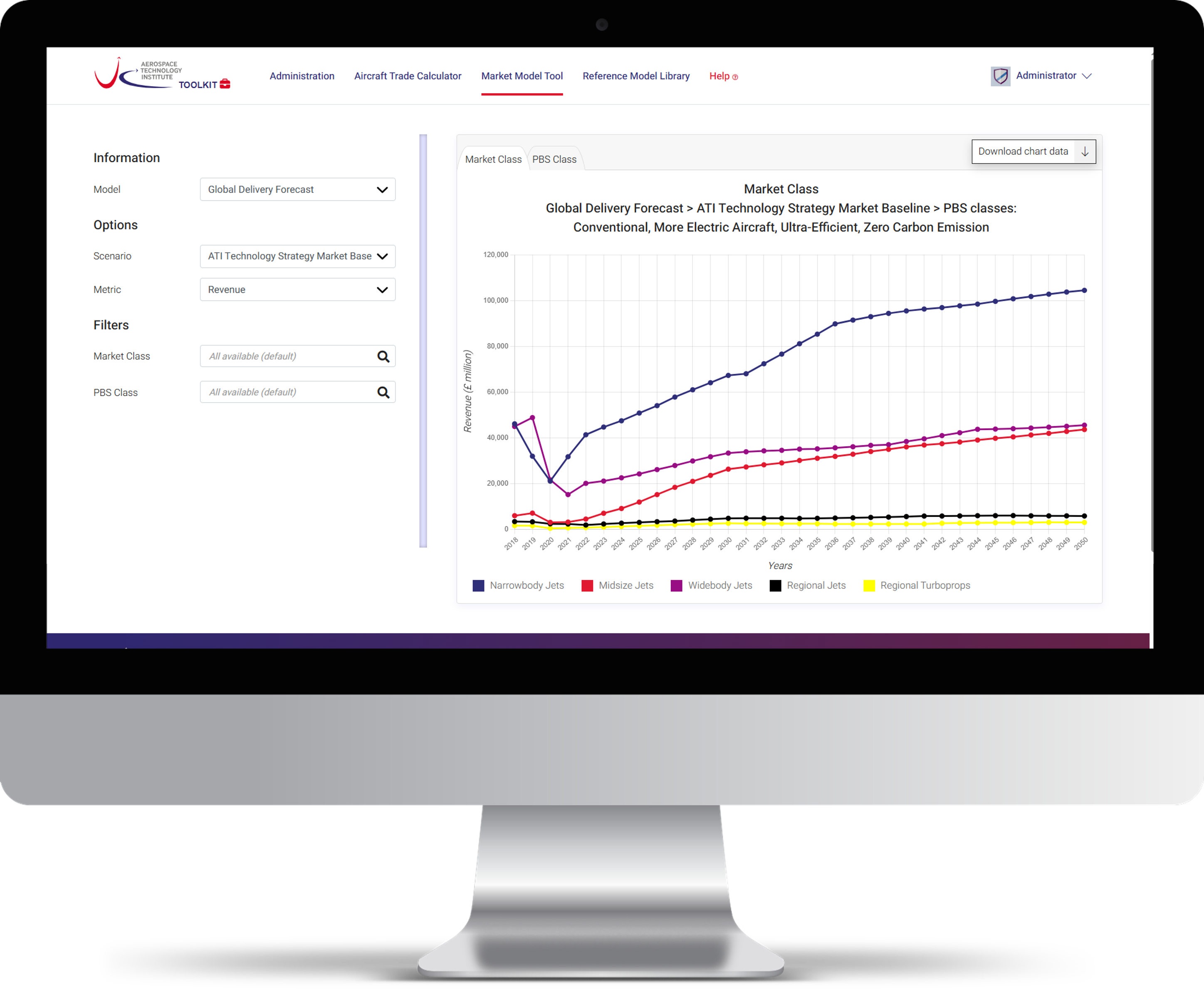
 The Challenge
The Challenge
Before the ATI Toolkit, the UK aerospace innovation landscape was fragmented and inefficient:
- Data Silos: Companies and institutions used incompatible models and data formats, making collaboration and comparison difficult.
- Inconsistent Assessments: Technology impact evaluations were ad hoc and non-standardised.
- Disjointed Market Forecasts: Different stakeholders worked with competing market projections, complicating investment strategy.
- IP Concerns: Fear of intellectual property loss stifled early-stage collaboration.
- Slow Innovation Cycles: Duplication of effort and lack of standard tooling led to inefficiencies in advancing zero-carbon designs.
 The Solution
The Solution
I designed and built a secure, scalable platform composed of three core tools, each serving a specific function in the aerospace innovation pipeline:
-
Aircraft Trade Calculator
A dynamic modelling tool that quantifies how individual technology changes (e.g., weight, drag, fuel burn) affect aircraft performance and emissions. It supports both:
– Fixed models: Retrofitting technologies onto existing aircraft.
– Flexible models: Evaluating technologies in new aircraft concepts using data interpolation. -
Market Model Tool
An interactive dashboard offering authoritative, scenario-based forecasts of global aircraft demand through to 2050. It helps users assess market opportunities for emerging technologies in real-time. -
Reference Model Library
An IP-neutral library of tool-agnostic aircraft models—including hydrogen-powered concept aircraft—designed to encourage collaboration, provide research baselines, and reduce duplication.
All tools are unified within a single, intuitive web platform, underpinned by strong user access controls and built with long-term extensibility in mind.
 Technologies Used
Technologies Used
Backend:
C# .NET Core,
Dapper,
MySQL
Frontend:
Razor Pages,
KnockoutJS,
LESS,
ChartJS
Security: Full penetration-tested architecture with strict IP/data access rules
Advanced Features: Chart snapshot generation via off-screen canvas; large file upload handling via
multipart strategies
 Client Satisfaction
Client Satisfaction
ATI’s ongoing engagement—commissioning three major tools over successive phases—is a strong endorsement of the partnership’s success. An official testimonial is in progress.
 Results & Impact
Results & Impact
- Increased R&D Investment: Contributed to a measurable rise in private aerospace R&D through data-informed grant allocation.
- Faster Technology Development: Enabled quicker progression of innovations through Technology Readiness Levels.
- Boosted Collaboration: The IP-neutral model library has fostered unprecedented collaboration between academia and industry.
- Strategic Clarity: Stakeholders now rely on shared forecasts and metrics to guide R&D roadmaps and funding decisions.
- UK Competitiveness: The Toolkit plays a vital role in sustaining the UK’s global aerospace leadership, particularly in sustainable aviation.
 Evolution
Evolution
What began as a standalone market tool has matured into a flagship platform central to ATI’s mission. Today, the Toolkit continues to evolve and support new strategic goals, with strong uptake across the UK and growing recognition from global aerospace stakeholders.
Case Study: HCS SafetyNet
 Overview
Overview
HCS Safety needed a modern, scalable platform to support their growing client base and streamline the delivery of safety consultancy and training. I designed and developed SafetyNet—a secure, centralised digital portal that transformed HCS Safety’s operations and client experience.
 About the Client
About the Client
HCS Safety is a leading health and safety consultancy and training provider based in Southampton. With over 400 clients and 6,000 trainees annually, they support businesses across industries in meeting regulatory obligations through inspections, training, assessments, and advisory services.
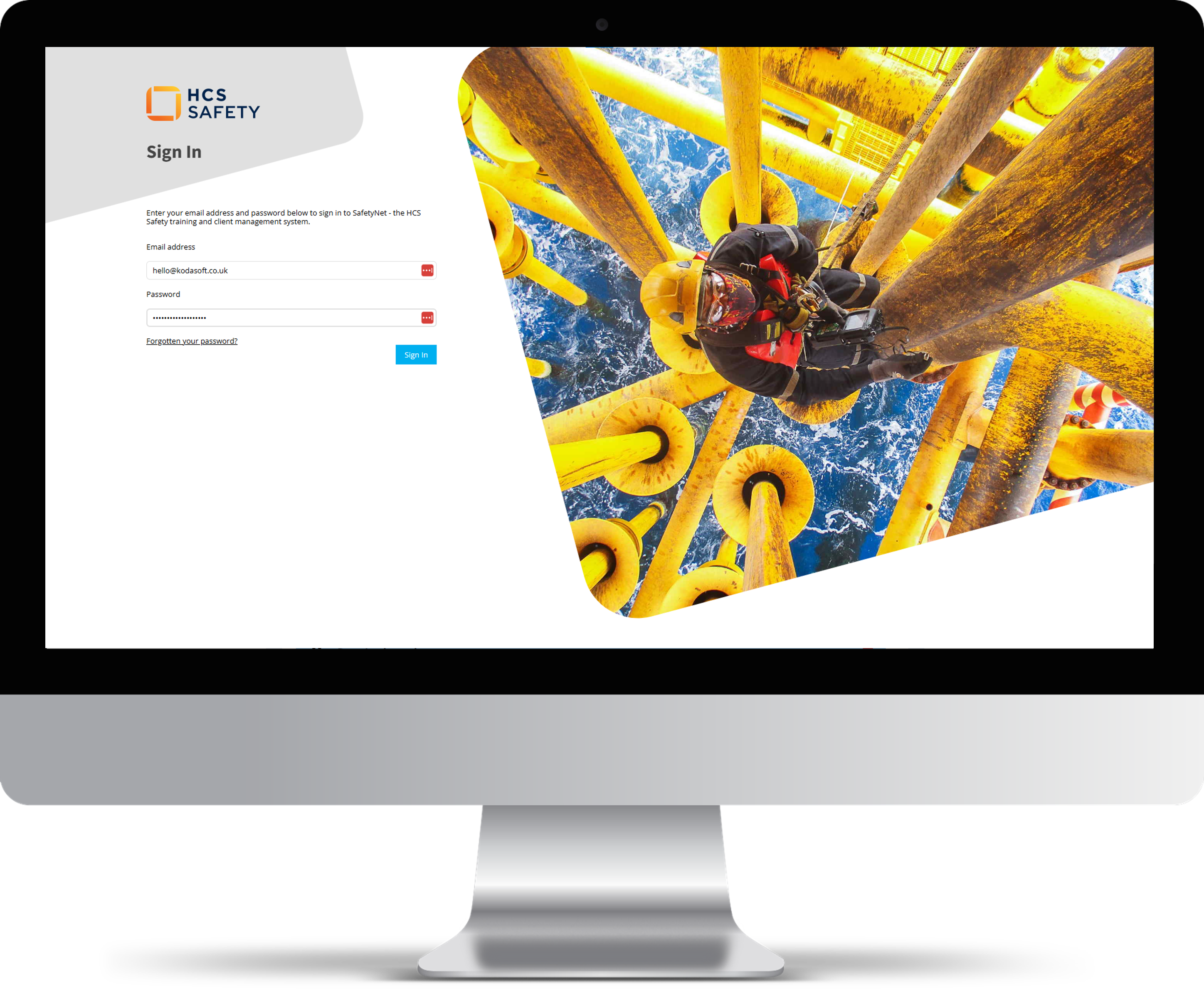
 The Challenge
The Challenge
Before SafetyNet, HCS Safety faced growing pains with inefficient, fragmented systems:
- Disjointed Systems: Separate platforms for training, consultancy, and documentation led to duplicated data and blind spots.
- High Admin Overhead: Manual document sharing, training tracking, and client communications drained resources.
- No Self-Service: Clients lacked on-demand access to records, causing delays and reliance on staff.
- Compliance Pressures: Accurate record-keeping and reporting were critical but cumbersome.
- Growth Bottlenecks: Scaling the business meant unsustainable increases in admin workload.
 The Solution
The Solution
I built SafetyNet as a comprehensive portal combining operational efficiency with client empowerment:
- Client Dashboard: A personalised hub for accessing policies, reviews, inspections, and training history.
- Training Management: Centralised visibility of future and past bookings, certificates, and delegate records.
- Progress Tracking: Clients can track review to-dos, close out actions, and stay compliant in real time.
- Document Library: Clients access downloadable, editable forms and guidance—including risk assessments and COSHH.
- Internal Scheduling: Advisors and staff manage appointments and workloads from one unified view.
SafetyNet simplified workflows, reduced administrative burden, and elevated HCS Safety’s client offering.
 Technologies Used
Technologies Used
Backend: C# .NET 8, Dapper, MySQL
Frontend: MVC (cshtml), KnockoutJS, LESS, JavaScript
Security: KodaSoft’s custom Auth pipeline, secure session handling
Third Party: EPPlus for Excel exports, ChartJS for visual analytics
Other Features: iCal sync integration, downloadable document generation, responsive layout
 Client Satisfaction
Client Satisfaction
Director Zoe Drew said: "SafetyNet has completely revolutionised the way we do our business. We couldn't be happier and we now can't quite believe how we used to manage in the past."
 Results & Impact
Results & Impact
- Operational Transformation: Unified three disconnected systems into one streamlined platform.
- Massive Admin Reduction: Email volume and document handling effort dropped significantly.
- Client Empowerment: 24/7 access to safety records, policies, and progress tracking tools.
- Business Scalability: Now supports over 400 clients and 6,000 trainees annually without headcount strain.
- Competitive Differentiation: Key driver in client retention and acquisition for HCS Safety’s membership offering.
 Evolution
Evolution
SafetyNet remains a mission-critical platform at the heart of HCS Safety’s operations. It continues to evolve with new features and integrations and has become a defining asset of their digital-first service model.
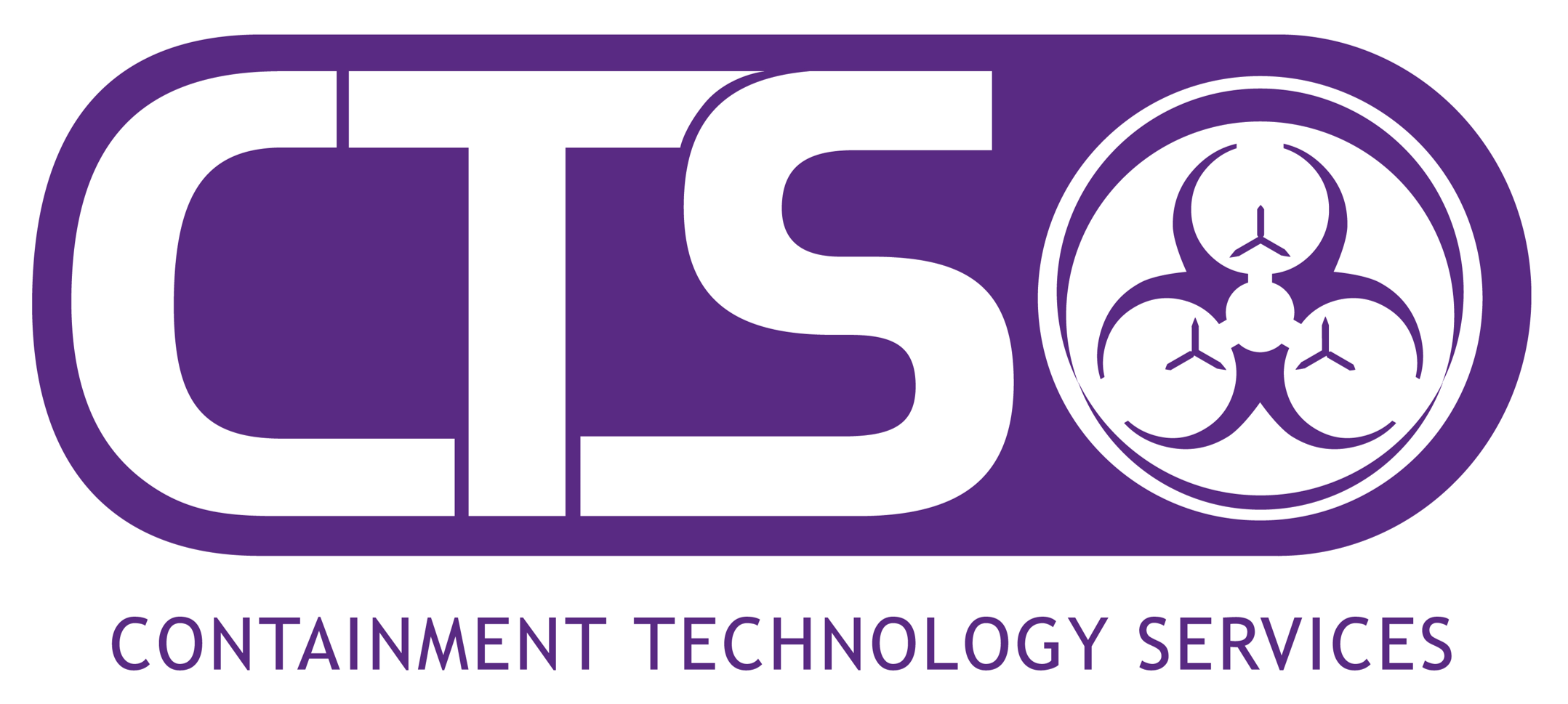
Case Study: CTS Europe CAPSS System
 Overview
Overview
CTS Europe required a fully integrated ERP system to unify its operations across sales, engineering, inventory, field service, and compliance. We delivered a powerful and scalable platform that transformed their business model—eliminating fragmentation, reducing errors, and enabling sustainable growth.
 About the Client
About the Client
CTS Europe specialises in the design, manufacture, and commissioning of laboratory containment systems for the pharmaceutical and chemical industries. Renowned for bespoke solutions, they serve global clients with high safety and compliance expectations, offering consultancy, engineering, training, and ongoing service support.
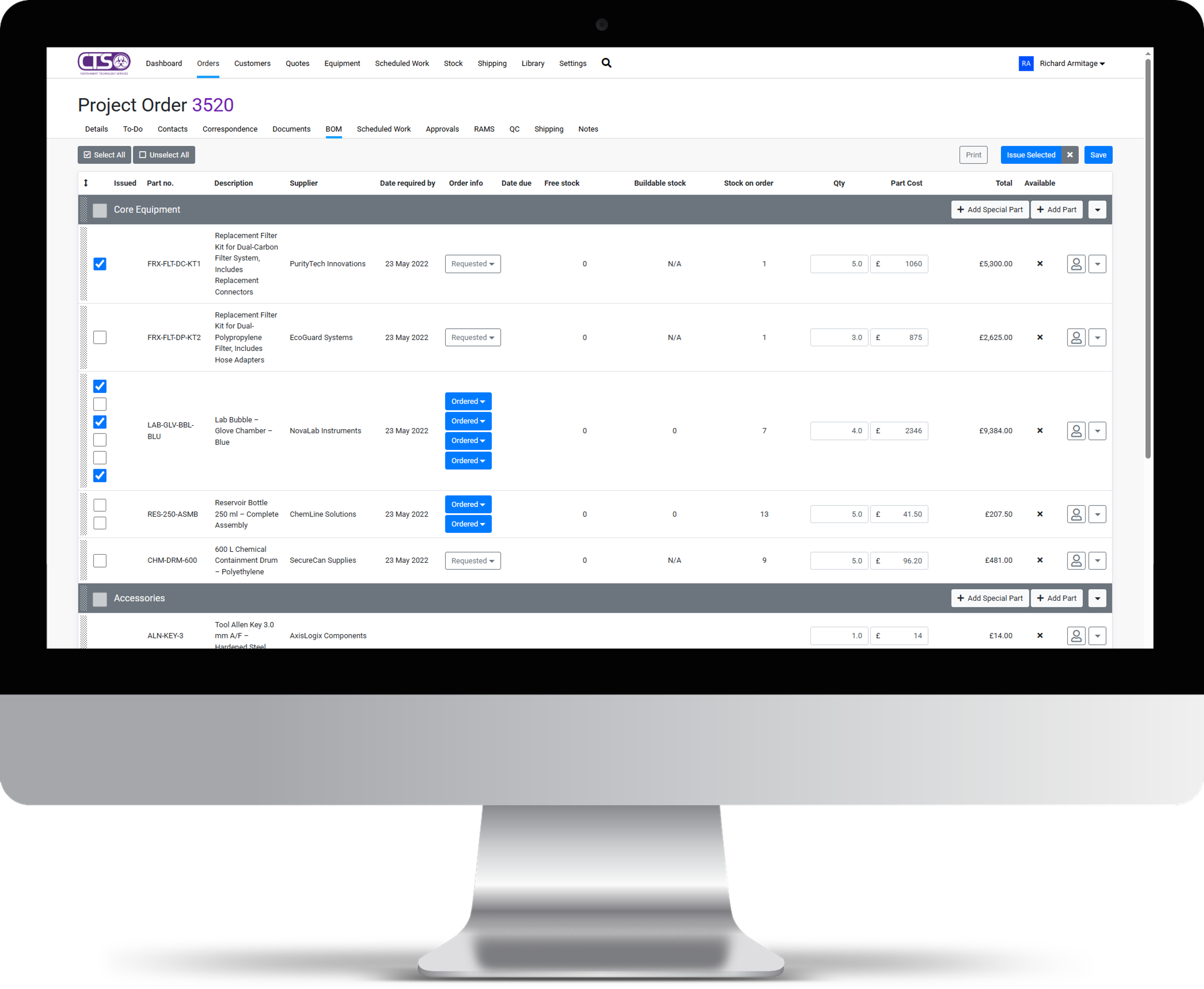
 The Challenge
The Challenge
CTS Europe operated with fragmented systems and heavy manual processes that limited growth and introduced risk:
- Disparate Data: Critical information was split across spreadsheets, desktops, and emails—causing duplication, version conflicts, and errors.
- Inefficient Workflows: Quoting, inventory management, and order tracking were slow, manual, and error-prone.
- Compliance Risk: Manual RAMS and BOM workflows lacked audit trails and version control, jeopardising quality and safety standards.
- Service Scheduling Gaps: Field engineer allocation and documentation were managed via spreadsheets, with no SLA visibility.
- Growth Constraints: Scaling operations without exponentially increasing overhead was impossible under the old model.
 The Solution
The Solution
We built a bespoke ERP system tailored (called CAPSS) to CTS Europe’s workflows, regulatory environment, and engineering complexity:
- Unified Workflow Automation: From quote to order, purchasing to manufacturing, every department now operates in sync with real-time data.
- Inventory Management: Real-time stock views, automated allocations, and stock journals for accuracy and traceability.
- BOM & QC Workflow: Engineers author, revise, and issue BOMs with linked compliance artifacts and QC checkpoints.
- RAMS & Compliance: Structured RAMS generation, digital customer sign-off, and audit-proof document archival.
- Field Service Scheduling: Recurring jobs, engineer assignment, and call report logging with SLA tracking.
The system integrates with Sage, Google Maps, and external storage services—providing secure, scalable infrastructure for future growth.
 Technologies Used
Technologies Used
Backend: C# .NET 8, MySQL, Dapper
Frontend: Razor Pages, KnockoutJS, JavaScript, LESS
Integrations: Sage, Google Maps, SMTP, FTP/SharePoint
Security: Role-based access, 2FA, full audit trails
Other Features: Real-time dashboards, automated task engine, PDF generation, geolocation for sites
 Client Satisfaction
Client Satisfaction
CTS Europe reports that the ERP is indispensable to daily operations. Although a formal testimonial is pending, the system’s centrality to their workflow and continued development reflects high satisfaction.
 Results & Impact
Results & Impact
- Major Efficiency Gains: One-click quote-to-order, automated procurement, and stock allocation drastically reduced admin workload.
- Improved Compliance: Built-in audit trails and structured workflows support HSE, ISO, and contractual obligations.
- Higher Accuracy: Versioned BOMs and real-time inventory removed errors in production and fulfillment.
- Customer Satisfaction: Faster quoting, reliable delivery, and professional documentation elevated service quality.
- Scalability: CTS can now manage higher volumes and more complex projects without increasing headcount.
 Evolution
Evolution
Since its initial launch, the ERP has expanded to include advanced inventory management and continues to evolve as a core operational tool. Today, it remains critical infrastructure—if it goes down, the business stops.
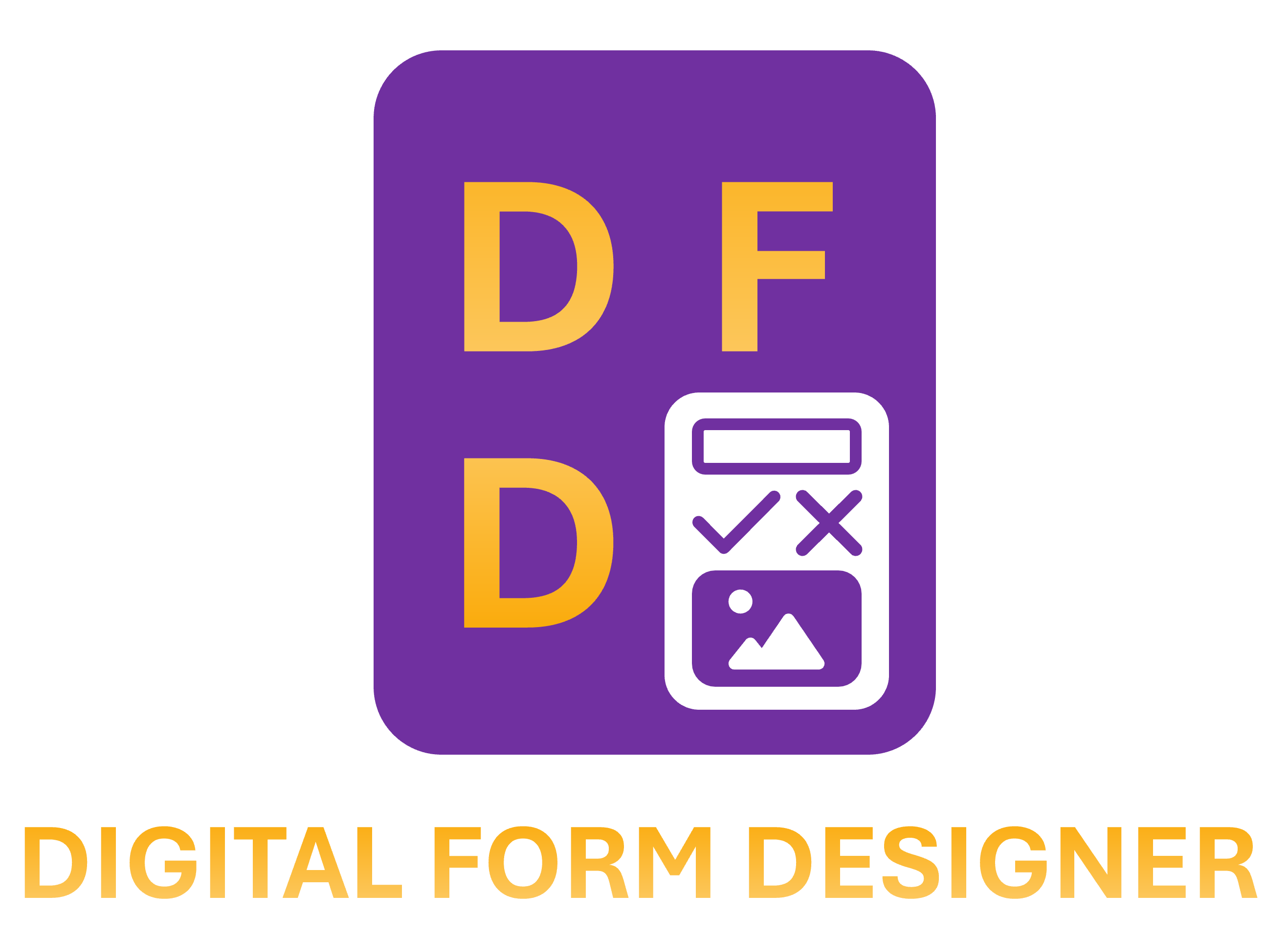
Case Study: Digital Form Designer
 Overview
Overview
HCS Safety needed a flexible, intuitive, and brandable form builder for internal use and to empower their member clients. We developed the Digital Form Designer (DFD)—a responsive, drag-and-drop form building tool that allows non-technical users to create complex, standards-compliant digital forms ready for mobile completion and real-time analysis.
 About the Client
About the Client
The Digital Form Designer was initially commissioned by HCS Safety—a leading UK-based health and safety consultancy and training provider—but was architected from day one as a general-purpose solution for any business that needs a powerful, brandable, drag-and-drop form builder. Designed to handle complex form logic, responsive rendering, and compliance workflows, the DFD is ideal for organisations seeking to digitise safety audits, inspection checklists, incident reports, and more. HCS Safety were the first adopters and remain a key user and strategic partner.
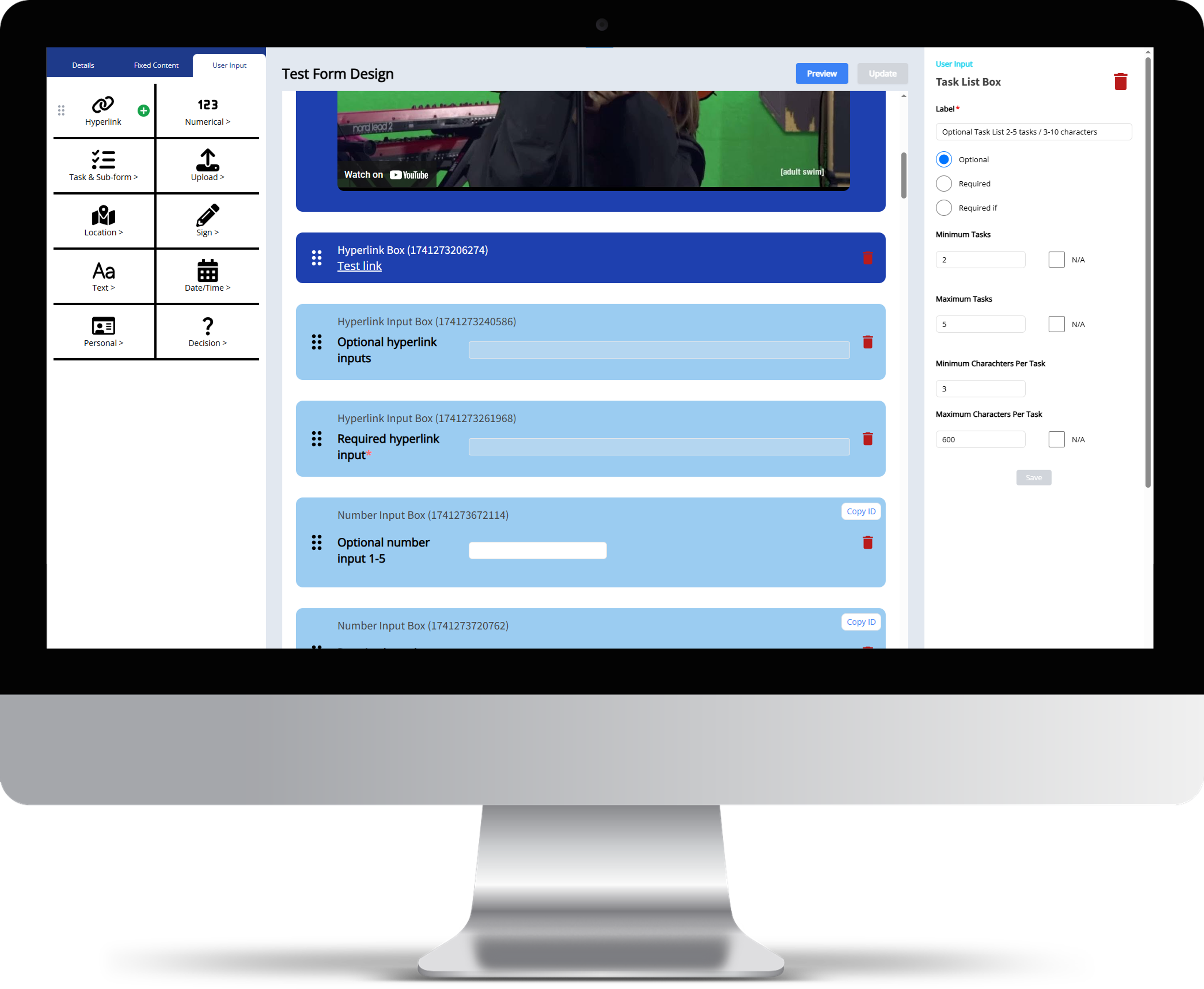
 The Challenge
The Challenge
Before DFD, form management at HCS Safety was outdated and inefficient:
- Manual Creation: Forms were built in Word, printed, or hardcoded by developers—slowing responsiveness.
- Paper-Based Processes: Forms were distributed via post or email, with no easy mobile completion method.
- Data Errors: Transcription from paper/email into systems was slow and error-prone.
- Compliance Risks: Signature capture and audit readiness were weak without digital tools.
- Brand Inflexibility: Forms couldn’t reflect client branding, limiting white-labelling potential.
 The Solution
The Solution
We designed and delivered a flexible, intuitive form-building tool with full integration into HCS Safety’s platform:
- Drag-and-Drop Form Builder: Featuring a tile-based palette of input types like text, dates, sliders, uploads, What3Words locations, calculations, and e-signatures.
- Sub-Forms & Data Binding: Designers can nest reusable subforms and bind inputs to live data sources.
- Responsive Preview: Real-time form previews across mobile, tablet, and desktop views.
- Form Themes: Clients can brand their forms (logo position, title justification, colours).
- Signature Capture: Enables fully digital compliance with health and safety sign-off requirements.
- Integrated Deployment: Forms are instantly available to complete within HCS’s mobile and desktop platform.
This modular, React-based system lays the groundwork for white-label opportunities across other industries.
 Technologies Used
Technologies Used
Frontend:
React,
Redux,
React DND,
Moment.js
Backend Integration: Shared infrastructure and auth with HCS Safety's digital platform
Features: Subform nesting, mobile preview, form theming, signature capture
 Client Satisfaction
Client Satisfaction
HCS Safety is highly satisfied with the product, calling it a transformative upgrade to their internal processes. Full rollout to clients is planned for August.
 Results & Impact
Results & Impact
- Internal Efficiency: Forms are now created by non-technical staff, freeing up developer resources.
- Faster Turnaround: Time from concept to live form reduced dramatically.
- Improved Data Accuracy: Structured digital inputs replace error-prone manual transcription.
- Compliance Confidence: Signature capture and audit trails enhance legal defensibility.
- Mobile Accessibility: Field workers can complete forms on any device, anywhere.
 Evolution
Evolution
While full client rollout begins in August, the Digital Form Designer is already deeply integrated into HCS Safety's internal operations. Future plans include continued development, feature expansion, and white-labelling options for other businesses seeking modern, mobile-first compliance solutions.